-
 Bitcoin
Bitcoin $118300
-0.58% -
 Ethereum
Ethereum $3825
0.11% -
 XRP
XRP $3.137
-0.71% -
 Tether USDt
Tether USDt $0.9999
-0.01% -
 BNB
BNB $803.9
-3.37% -
 Solana
Solana $181.5
-1.94% -
 USDC
USDC $0.9999
0.01% -
 Dogecoin
Dogecoin $0.2238
-2.51% -
 TRON
TRON $0.3358
2.12% -
 Cardano
Cardano $0.7844
-2.16% -
 Hyperliquid
Hyperliquid $43.31
-1.48% -
 Sui
Sui $3.807
-4.04% -
 Stellar
Stellar $0.4203
-1.96% -
 Chainlink
Chainlink $17.79
-3.00% -
 Bitcoin Cash
Bitcoin Cash $567.8
-1.34% -
 Hedera
Hedera $0.2614
-4.30% -
 Avalanche
Avalanche $24.19
-4.46% -
 Litecoin
Litecoin $109.2
-0.74% -
 UNUS SED LEO
UNUS SED LEO $8.969
-0.01% -
 Toncoin
Toncoin $3.404
3.97% -
 Ethena USDe
Ethena USDe $1.001
-0.01% -
 Shiba Inu
Shiba Inu $0.00001307
-3.19% -
 Uniswap
Uniswap $10.33
-1.23% -
 Polkadot
Polkadot $3.884
-4.06% -
 Monero
Monero $312.9
-1.87% -
 Dai
Dai $1.000
0.01% -
 Bitget Token
Bitget Token $4.537
-2.24% -
 Pepe
Pepe $0.00001156
-3.40% -
 Cronos
Cronos $0.1437
-0.89% -
 Aave
Aave $282.8
-2.77%
How to interpret the KDJ indicator fast line breaking through the slow line but the trading volume shrinks?
A KDJ bullish crossover with shrinking volume signals weak momentum—confirm with volume trends and price action before trading.
Jul 29, 2025 at 05:49 am
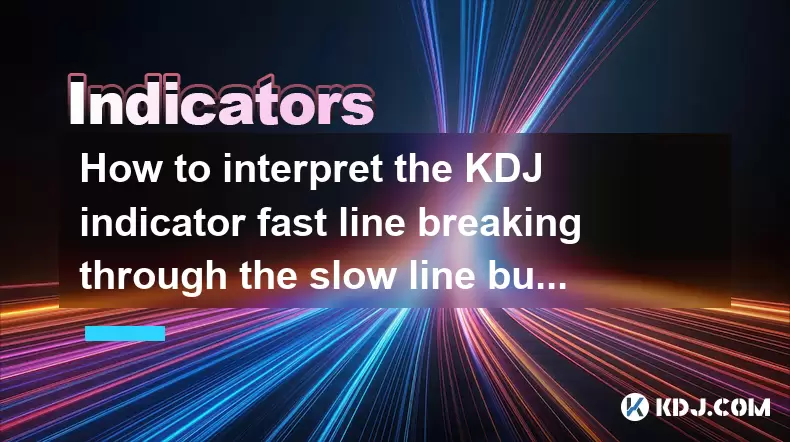
Understanding the KDJ Indicator and Its Components
The KDJ indicator is a momentum oscillator widely used in cryptocurrency technical analysis to identify overbought or oversold conditions and potential reversal points. It consists of three lines: the %K (fast line), %D (slow line), and %J (divergence line). The %K line reflects the current price relative to the recent trading range over a specified period, typically 9 days. The %D line is a moving average of %K, making it smoother and slower to react. The %J line represents the deviation of %K from %D and is often more volatile.
When traders observe the fast line (%K) breaking above the slow line (%D), it is commonly interpreted as a bullish signal, suggesting upward momentum may be building. This crossover often prompts traders to consider entering long positions, especially when it occurs in the oversold zone (typically below 20). However, the reliability of this signal depends heavily on confirming factors, with trading volume being one of the most critical.
Significance of Volume in Confirming KDJ Crossovers
In cryptocurrency markets, trading volume serves as a key validation tool for technical signals. A rising volume during a KDJ crossover indicates strong market participation and confirms that the price movement is supported by actual buying pressure. Conversely, shrinking volume during a fast line crossover raises concerns about the strength and sustainability of the move.
When the %K line crosses above %D but volume decreases, it suggests that the upward momentum lacks broad market support. This could mean that only a few large traders are pushing the price, or that retail traders are entering without institutional or whale participation. In such cases, the rally may be short-lived, as low volume often precedes price reversals or consolidation phases.
Interpreting the Divergence Between KDJ and Volume
A scenario where the KDJ fast line breaks through the slow line while volume contracts reflects a divergence between price momentum and market participation. This is particularly significant in volatile crypto assets where sudden pumps and dumps are common. The divergence implies that although the price structure suggests bullish momentum, the underlying demand is weakening.
This kind of signal should be treated with caution. For example, if Bitcoin shows a KDJ bullish crossover on the 4-hour chart but the trading volume is declining, it may indicate that the move is driven by short covering or algorithmic trading rather than genuine accumulation. Traders should look for additional confirmation, such as price closing above key resistance levels or volume resuming growth, before acting.
Step-by-Step Analysis of the KDJ-Volume Mismatch
To properly assess a KDJ crossover with shrinking volume, follow these steps:
- Identify the KDJ settings on your charting platform (e.g., TradingView or Binance). Ensure the default is usually 9,3,3 (9-period %K, 3-period %D, 3 for smoothing).
- Locate the crossover point where the %K line crosses above the %D line.
- Check the volume bar chart directly below the price chart at the exact time of the crossover.
- Compare the current volume with the average volume over the past 5–10 periods. Use a volume moving average (e.g., 10-period SMA of volume) for clarity.
- Observe price action around the crossover—does the price follow through with higher highs, or does it stall immediately?
- Look for candlestick patterns such as doji, spinning tops, or small-bodied candles that confirm indecision.
- Cross-verify with other indicators like RSI or MACD to see if they confirm or contradict the KDJ signal.
This structured approach helps avoid false signals and improves decision-making accuracy in fast-moving crypto markets.
Potential Scenarios and Risk Management
When the KDJ fast line breaks the slow line upward with declining volume, several scenarios may unfold:
- False breakout: The price briefly rises but quickly reverses as buying interest fades. This is common during consolidation phases or before major news events.
- Bearish trap: Whales or bots may create a bullish-looking crossover to lure retail traders into long positions before dumping their holdings.
- Sideways continuation: The market enters a range-bound phase where the KDJ oscillates without a clear trend, and volume remains low due to lack of interest.
To manage risk in such situations, traders should avoid opening new long positions based solely on the crossover. Instead, consider waiting for volume to expand and price to close above a recent swing high. Use tight stop-loss orders if entering a trade, and monitor order book depth for signs of large sell walls.
Practical Example Using a Cryptocurrency Chart
Let’s analyze Ethereum (ETH/USDT) on a 1-hour chart:
- On January 15, the %K line crossed above %D at a KDJ reading of 18, indicating an oversold bounce.
- At the crossover point, the volume bar was significantly shorter than the previous three bars.
- Price rose slightly over the next two hours but failed to break above the $2,400 resistance.
- The RSI showed no divergence, staying flat around 45.
- Within six hours, price dropped back below the entry level, confirming a failed signal.
This example illustrates how ignoring volume can lead to premature entries and losses. Had the trader waited for volume confirmation, they might have avoided the trade entirely.
Frequently Asked Questions
What does it mean when KDJ shows a bullish crossover but volume is decreasing?
It suggests weak buying pressure. The technical signal may be valid in structure, but the lack of volume indicates low market conviction, increasing the risk of a false breakout.
Can a KDJ crossover with low volume ever be reliable?
Yes, in certain contexts—such as during low-liquidity periods (e.g., weekends) or after prolonged downtrends—low-volume crossovers can precede gradual accumulation. However, they require additional confirmation before being acted upon.
How can I adjust the KDJ settings to reduce false signals?
You can modify the parameters (e.g., from 9,3,3 to 14,3,3) to smooth the lines and reduce noise. Pairing it with a volume-weighted KDJ or using it on higher timeframes (4H or daily) improves reliability.
Should I ignore all KDJ crossovers with shrinking volume?
Not necessarily. Shrinking volume doesn’t automatically invalidate the signal. It calls for caution and further analysis. Monitor for follow-through price action and volume expansion in the next few periods before making a decision.
Disclaimer:info@kdj.com
The information provided is not trading advice. kdj.com does not assume any responsibility for any investments made based on the information provided in this article. Cryptocurrencies are highly volatile and it is highly recommended that you invest with caution after thorough research!
If you believe that the content used on this website infringes your copyright, please contact us immediately (info@kdj.com) and we will delete it promptly.
- PENGU Price Plunge? Binance Transfers and Token Transfer Trends
- 2025-07-30 23:10:15
- Navigating Crypto Investment: Bitcoin Mining and the Rise of Cloud Mining in the Big Apple
- 2025-07-30 22:31:15
- Meme Coins, Profit, and Investment: Riding the Crypto Wave in Style
- 2025-07-30 23:10:15
- LivLive's Gamified AR Launch Phase: Level Up Your Reality!
- 2025-07-30 22:31:15
- Bitcoin, Crypto, and the Golden Age: Navigating the Future of Digital Assets
- 2025-07-31 00:10:14
- JPMorgan, Coinbase, and Crypto Access: A New Era for Digital Finance?
- 2025-07-30 22:50:13
Related knowledge
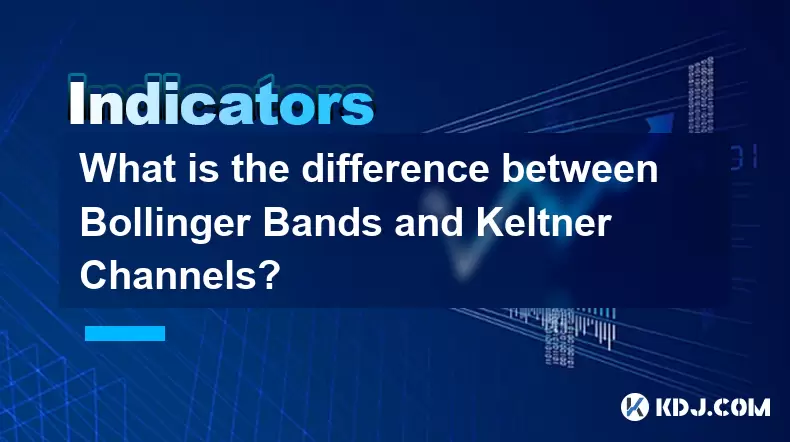
What is the difference between Bollinger Bands and Keltner Channels?
Jul 30,2025 at 11:30pm
Understanding Bollinger Bands and Their Core ComponentsBollinger Bands are a widely used technical analysis tool developed by John Bollinger in the 19...
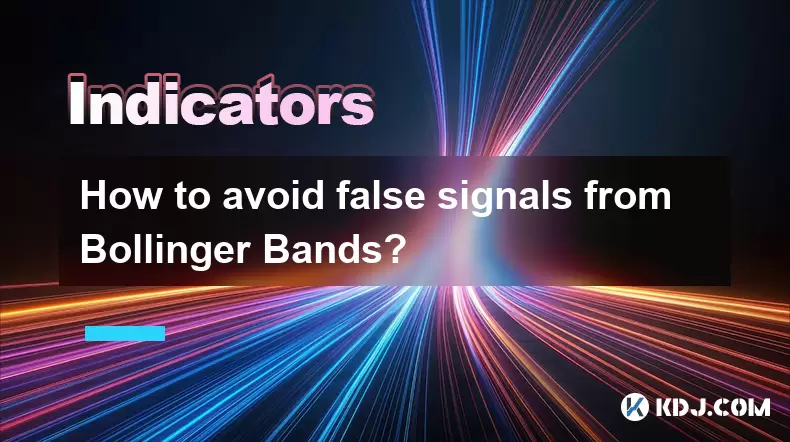
How to avoid false signals from Bollinger Bands?
Jul 30,2025 at 11:42pm
Understanding Bollinger Bands and Their Core ComponentsBollinger Bands are a widely used technical analysis tool developed by John Bollinger in the 19...
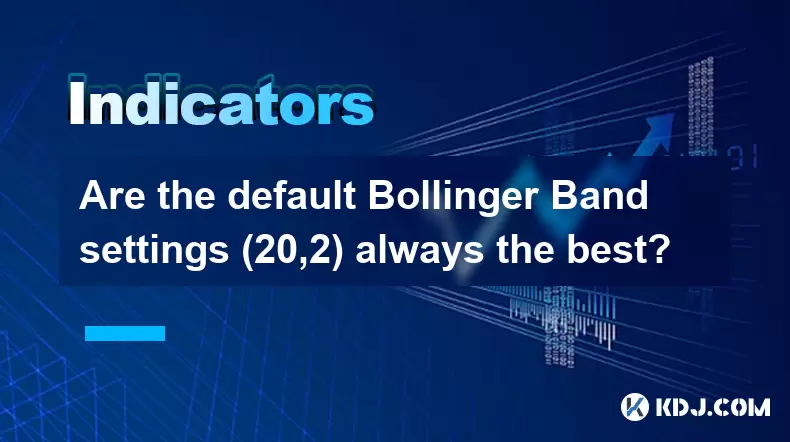
Are the default Bollinger Band settings (20,2) always the best?
Jul 30,2025 at 11:36pm
Understanding the Standard Bollinger Band ConfigurationThe default Bollinger Band settings of (20,2) are widely used across the cryptocurrency trading...
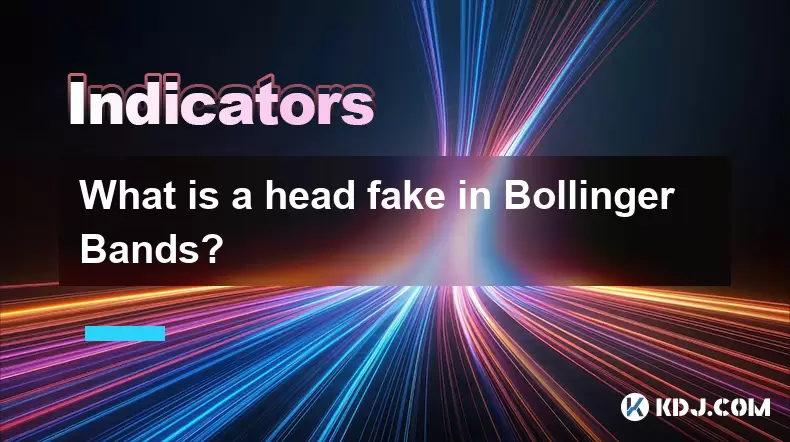
What is a head fake in Bollinger Bands?
Jul 30,2025 at 09:44pm
Understanding Bollinger Bands and Their StructureBollinger Bands are a widely used technical analysis tool developed by John Bollinger in the 1980s. T...
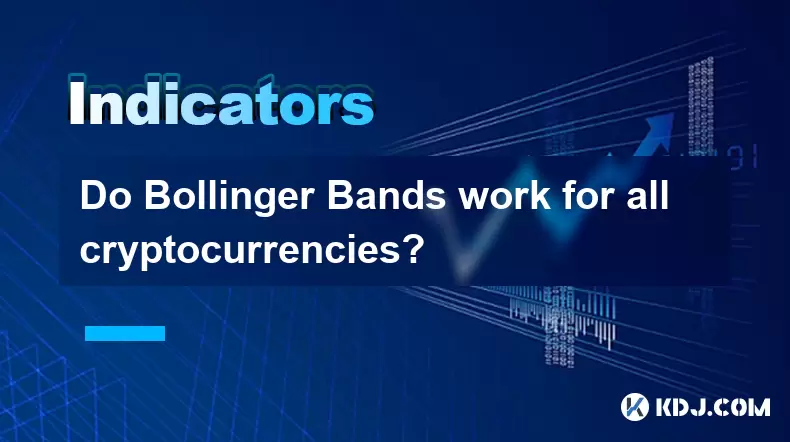
Do Bollinger Bands work for all cryptocurrencies?
Jul 30,2025 at 09:30pm
Understanding Bollinger Bands in Cryptocurrency TradingBollinger Bands are a widely used technical analysis tool developed by John Bollinger in the 19...
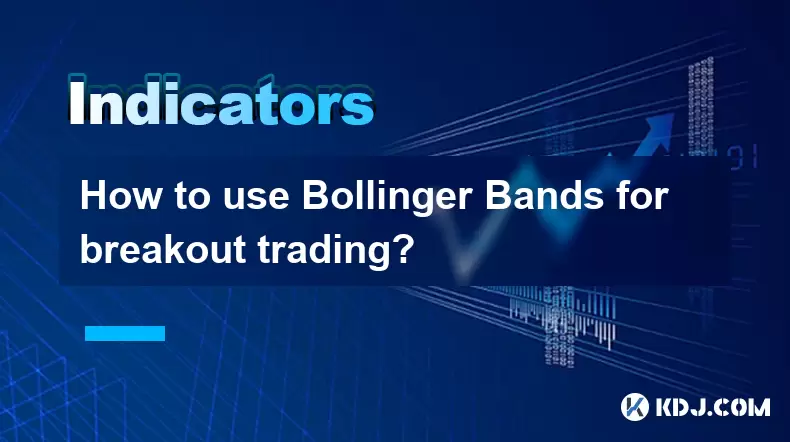
How to use Bollinger Bands for breakout trading?
Jul 30,2025 at 10:27pm
Understanding Bollinger Bands and Their ComponentsBollinger Bands are a widely used technical analysis tool developed by John Bollinger in the 1980s. ...

What is the difference between Bollinger Bands and Keltner Channels?
Jul 30,2025 at 11:30pm
Understanding Bollinger Bands and Their Core ComponentsBollinger Bands are a widely used technical analysis tool developed by John Bollinger in the 19...

How to avoid false signals from Bollinger Bands?
Jul 30,2025 at 11:42pm
Understanding Bollinger Bands and Their Core ComponentsBollinger Bands are a widely used technical analysis tool developed by John Bollinger in the 19...

Are the default Bollinger Band settings (20,2) always the best?
Jul 30,2025 at 11:36pm
Understanding the Standard Bollinger Band ConfigurationThe default Bollinger Band settings of (20,2) are widely used across the cryptocurrency trading...

What is a head fake in Bollinger Bands?
Jul 30,2025 at 09:44pm
Understanding Bollinger Bands and Their StructureBollinger Bands are a widely used technical analysis tool developed by John Bollinger in the 1980s. T...

Do Bollinger Bands work for all cryptocurrencies?
Jul 30,2025 at 09:30pm
Understanding Bollinger Bands in Cryptocurrency TradingBollinger Bands are a widely used technical analysis tool developed by John Bollinger in the 19...

How to use Bollinger Bands for breakout trading?
Jul 30,2025 at 10:27pm
Understanding Bollinger Bands and Their ComponentsBollinger Bands are a widely used technical analysis tool developed by John Bollinger in the 1980s. ...
See all articles

























































































